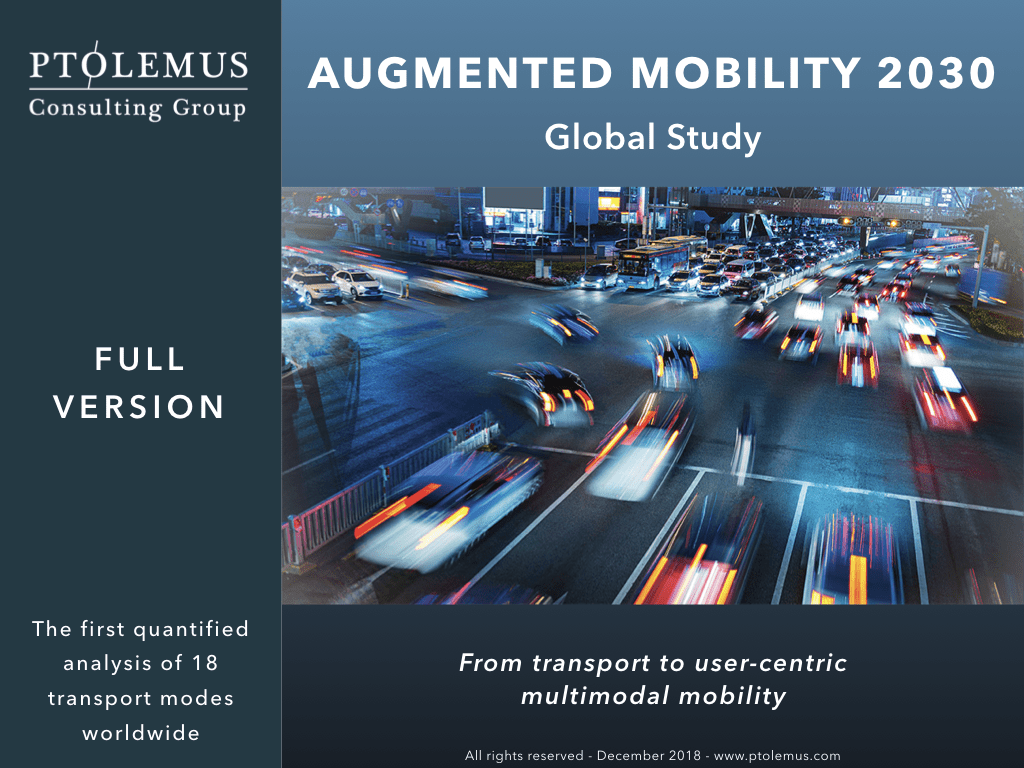Why OEMs will dominate the global car sharing market
France, Germany, Benelux and the Nordic countries have all been early adopters of car sharing platforms
The major OEMs have all been late to the car sharing game. Despite this, within a very short space of time, they are moving towards a dominant position in many major countries and have proven to be among the most innovative B2C operators. As we explore in our newly published Connected Mobility Global Forecast, the number of cars shared will explode from roughly 125,000 in 2015, to more than 1.3 million in 2020 in Europe alone (this figure includes B2C and P2P models). Much of this will be attributable to work being done by the OEMs.
In January, GM merged all of its existing sharing schemes in the newly launched Maven. Among its more typical consumer offering, Maven is also rolling out car sharing schemes for residents of specific apartment buildings in large cities, taking advantage of attached parking. The use of OnStar, GM’s embedded telematics platform, will provide the service with a competitive advantage over non-OEM providers who will continue to rely on third party telematics suppliers.
Ford’s GoDrive was one of the first programmes to offer a single, all-inclusive minute based fee without any membership charges. Furthermore, the scheme represents a central pillar of Ford’s innovative Smart Mobility concept, upon which the future of the company is being built.
In less than five years, Daimler’s Car2Go platform has become the largest car sharing scheme in the world, driven largely by its early commitment to more flexible, one-way sharing options. Car2Go is now approaching 15,000 vehicles and has in excess of 1.1 million members. It’s closest rival and former leader, Zipcar, has failed to match this breakneck growth and has little hope of regaining its lost crown. In 2015, we estimate that Car2Go had a turnover of approximately €126 million. Daimler are aiming to increase this to €800 million by 2020. Car2Go has also joined forces with Deutsche Bahn’s well established Flinkster brand to offer one-way services.
BMW’s DriveNow is hot on the heels of its German competitor with more than 4,000 cars and over 500,000 members, in spite of its later entry. BMW recently launched a sister service, ReachNow, in the relatively under, which will utilise the company’s i3 electric car. The German OEM has already found additional ways to capitalise on the technology which underpins the DriveNow network, by introducing a car sharing element to their Alphabet leasing service.
Peugeot’s recent announcement that it will launch a new car sharing service in the US, in order to re-acquaint customers with the brand, demonstrates that OEMs are also using car sharing as a market entry tool. According to the boss of PSA, Carlos Tavares, the first stage will be to, “Start as a mobility operator.”
A changing landscape
There are many reasons for this, not least the painful reality that the global mobility market is changing and if OEMs are to survive, they must adapt. The battle is no longer fought on the forecourt, but on the smartphone, in the shared parking bay and on price comparison websites. As we explore in the Connected Mobility Global Forecast, the market leaders of the future will not be those who offer the best value car, but those who offer the best technology, the widest range of additional services and the easiest access to mobility on demand. As Harald Krueger, CEO of BMW explains, “The value creation is in shifting from the actual hardware toward software and services.”
Car sharing allows OEMs to exploit the potential of their own embedded telematics systems and delivers an additional shop window in which to showcase their latest models. Many have the range of models which will allow them to capture the budget and luxury market alike.
However, it is clear that the car sharing market will not become an industry where competition becomes a thing of the past. In addition to challenging each other, OEMs will face increasing rivalry from peer-to-peer networks such as France’s Drivy and US-based Getaround, both of which have introduced keyless entry and telematics enabled connectivity. Nonetheless, OEMs already have plans to combat this with innovative buy-to-let plans, which we shall explore in greater detail in our next blog.

